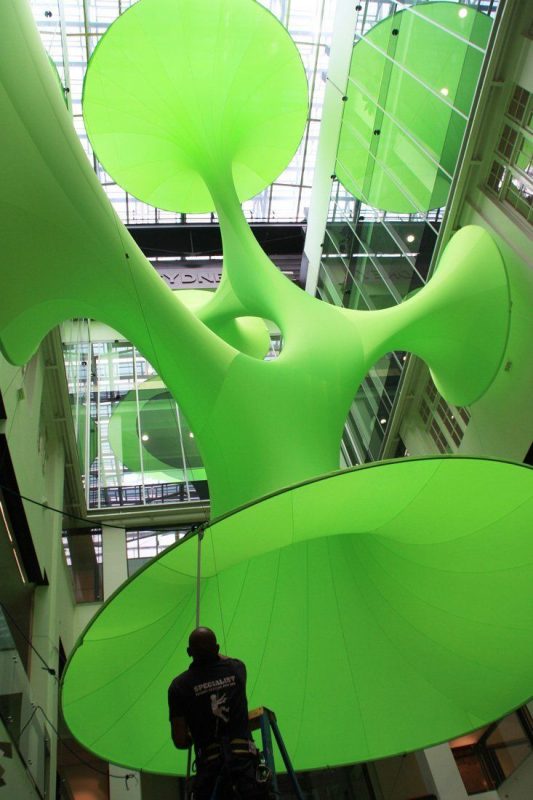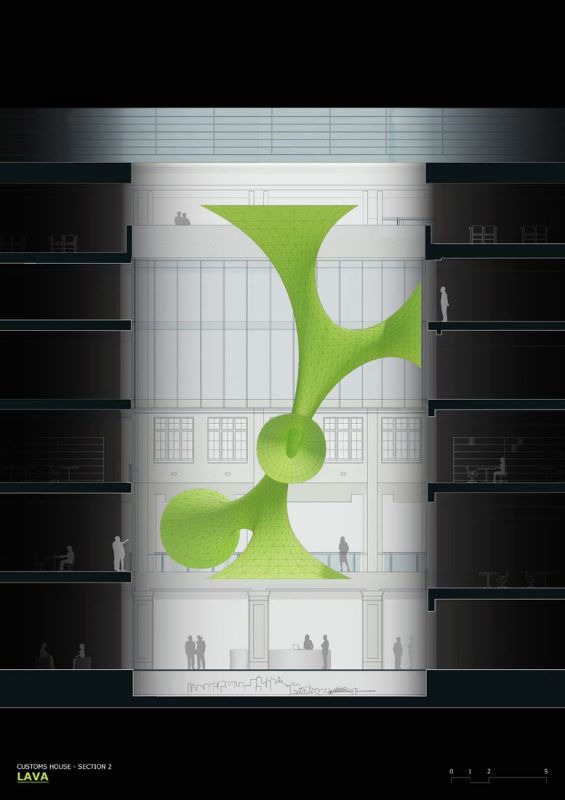The Green Void is a temporary sculptural installation in Sydney by international architectural firm laboratory for visionary architecture (LAVA). The installation is the realisation of an organic digital formation that is inspired by the shapes
of plants and nature, LAVA created the 20 meter high site specific installation using the latest digital fabrication and engineering techniques, the form is a three dimensional lightweight synthetic structure that made from lycra and consists of five funnels, these funnels reach out and connect to the five levels of the atrium in sydney’s customs house connecting the walls, floor and ceiling. Floating in the void, the installation’s green fabric is mechanically attached to suspended aluminium track profiles. Below is the project description from LAVA :
A spectacular 20 metre-high installation of green lycra is a digital design, derived from nature, realised in lightweight fabric, using the latest digital fabrication techniques to create more with less.
LAVA designed the Green Void installation specifically for the central atrium of Customs House Sydney. Suspended from a height of almost 20m and spanning five levels, the sculpture was an intense visual contrast to the beautifully restored heritage interior of Customs House.
Green Void was a digital design, derived from nature, realised in lightweight fabric, using the latest digital fabrication and engineering techniques, to create more with less. The installation was comprised of 3000cubic metres of space enclosed within a minimal surface area of 300 square metres and used only 40 kg of lightweight material.
The shape of the installation was not explicitly designed but was the result of the most efficient connection of different boundaries in three-dimensional space, found in nature in cells, crystals and soap bubbles. LAVA determined the connection points within the space and the rest was a mathematical formula with a minimal surface. The concept was achieved with a flexible material that follows the forces of gravity, tension and growth, similar to a spider web or a coral reef.
Multimedia artist Peter Murphy created 3D immersive imagery that was viewed without shutter glasses displayed over the new 3D screen technology.
The exhibition was part of the continuous multidisciplinary program developed by Jennifer Kwok, Manager of Customs House, to activate the public space with a focus on featuring contemporary architecture, photography and multimedia exhibitions.
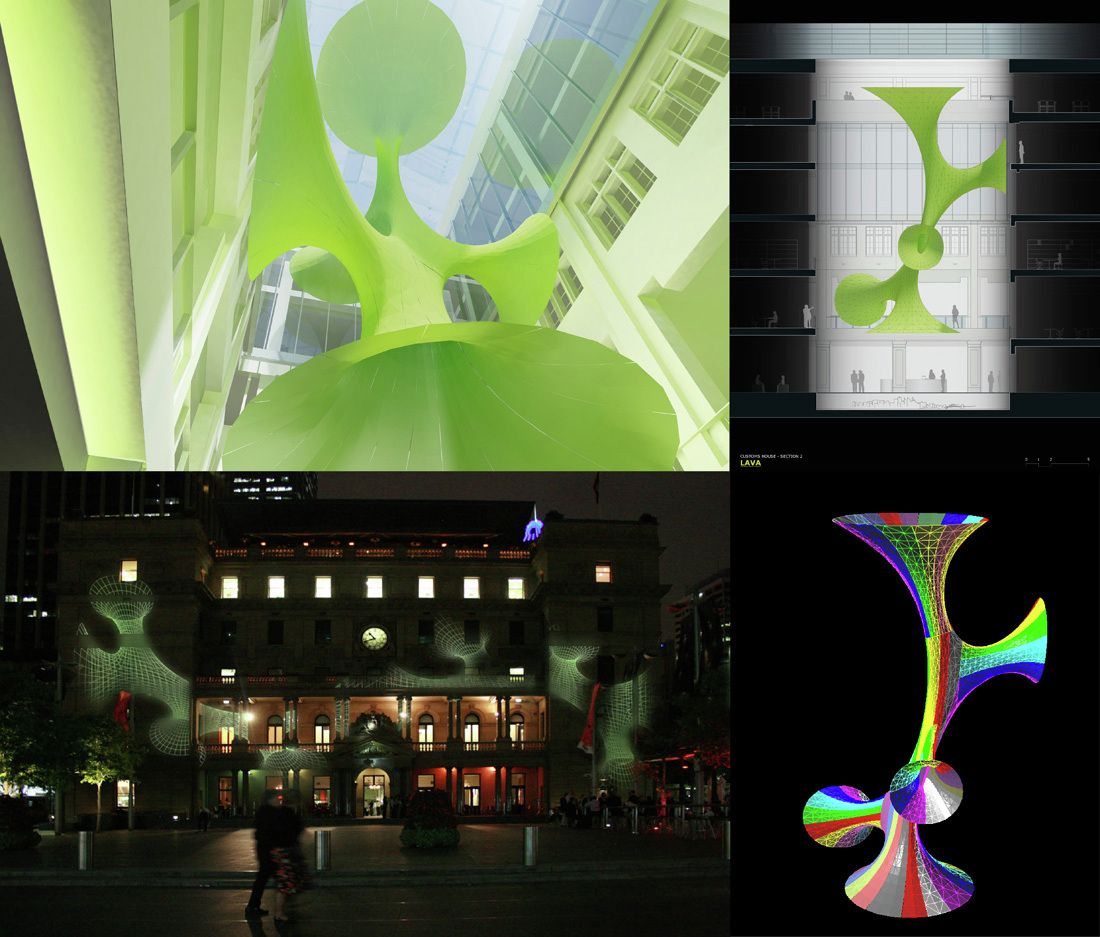
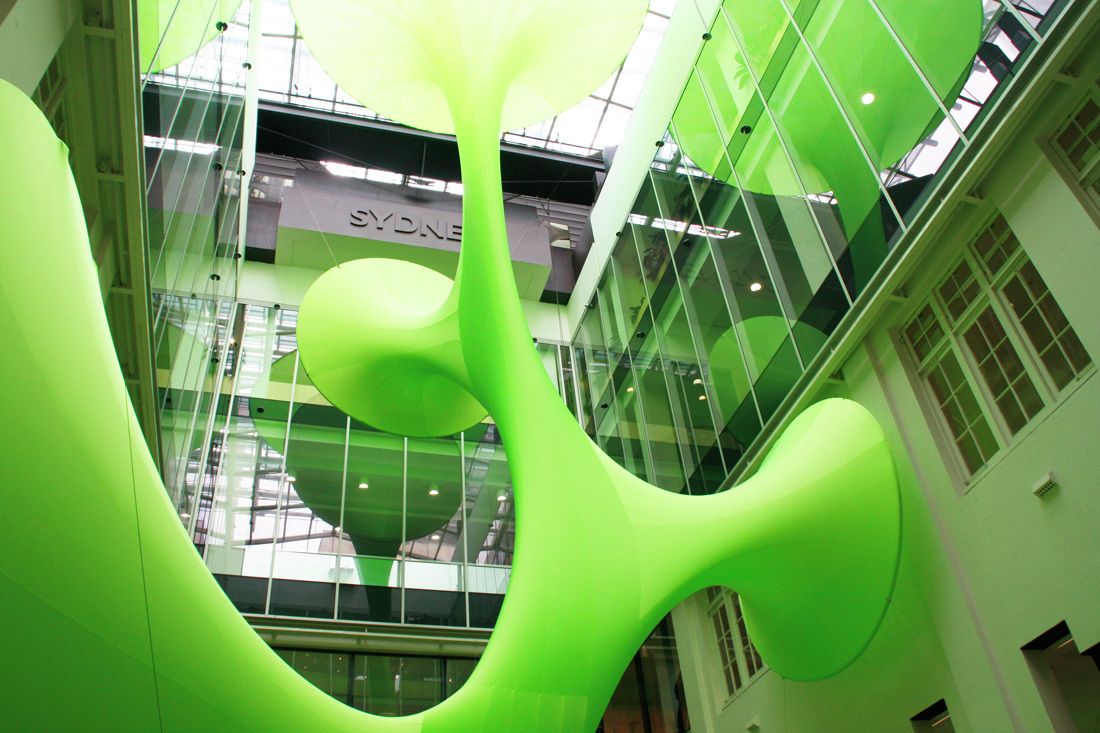
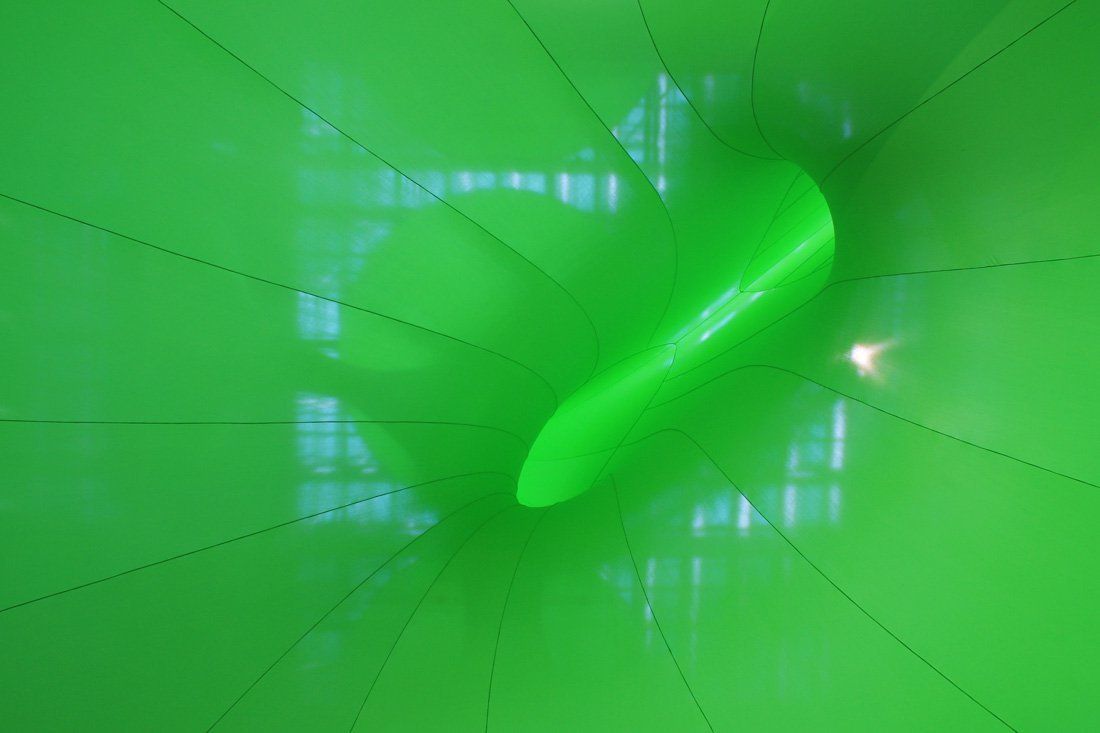
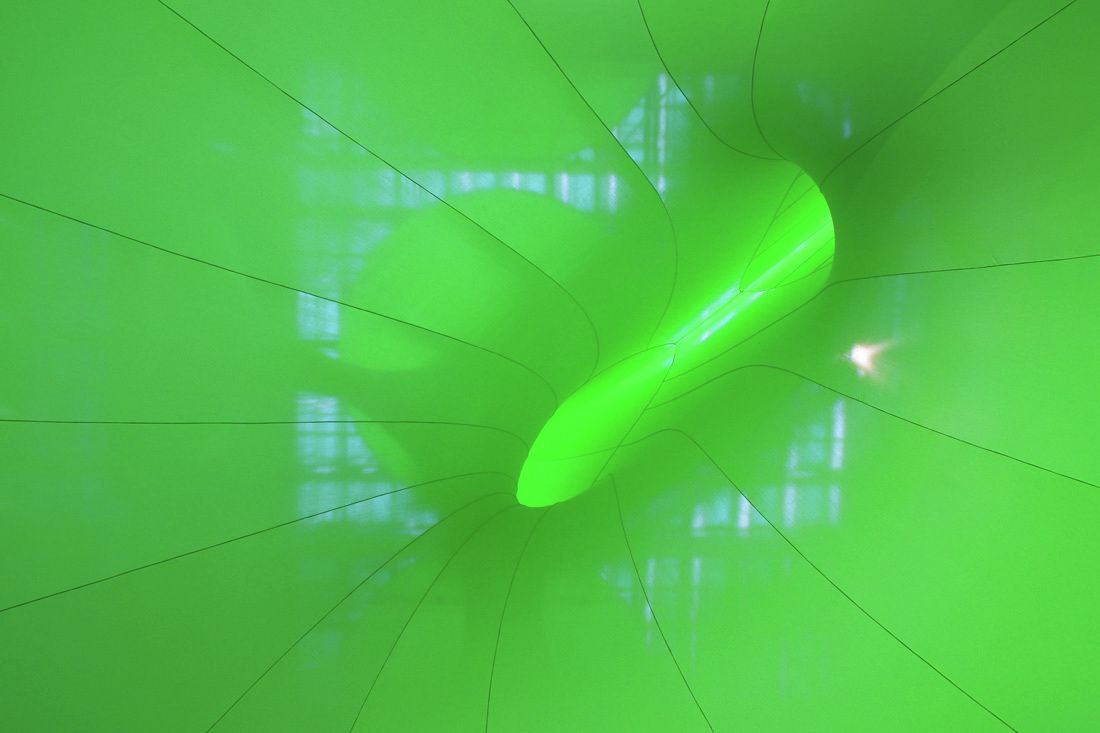
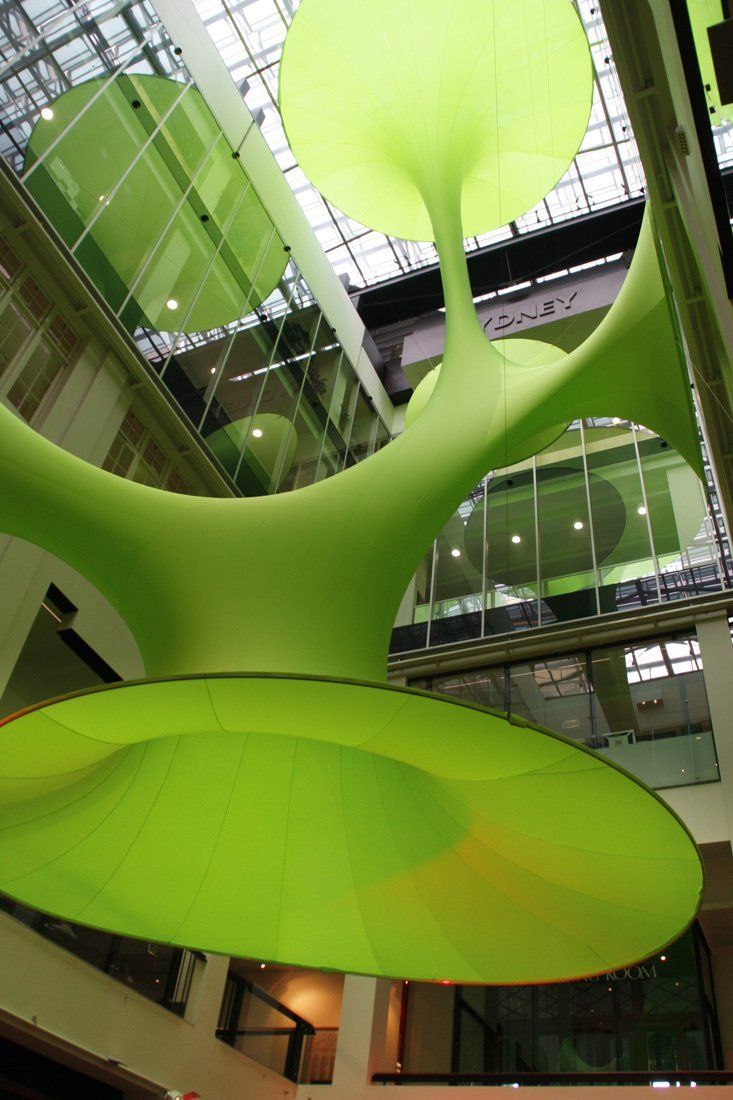
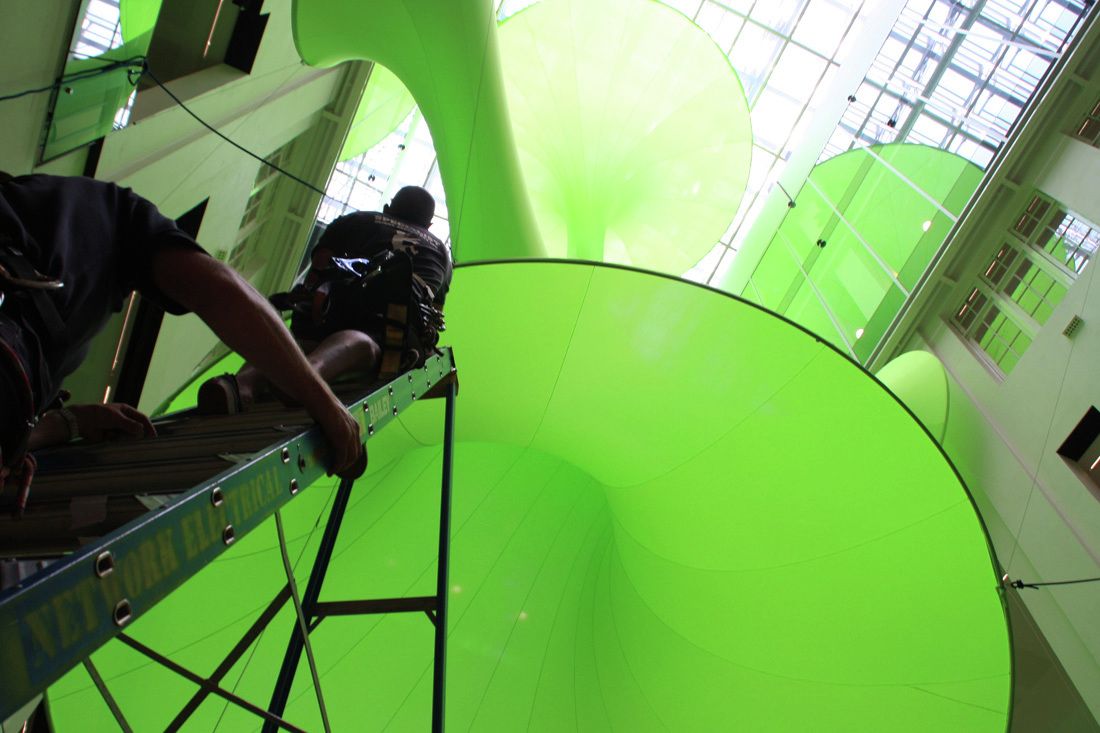
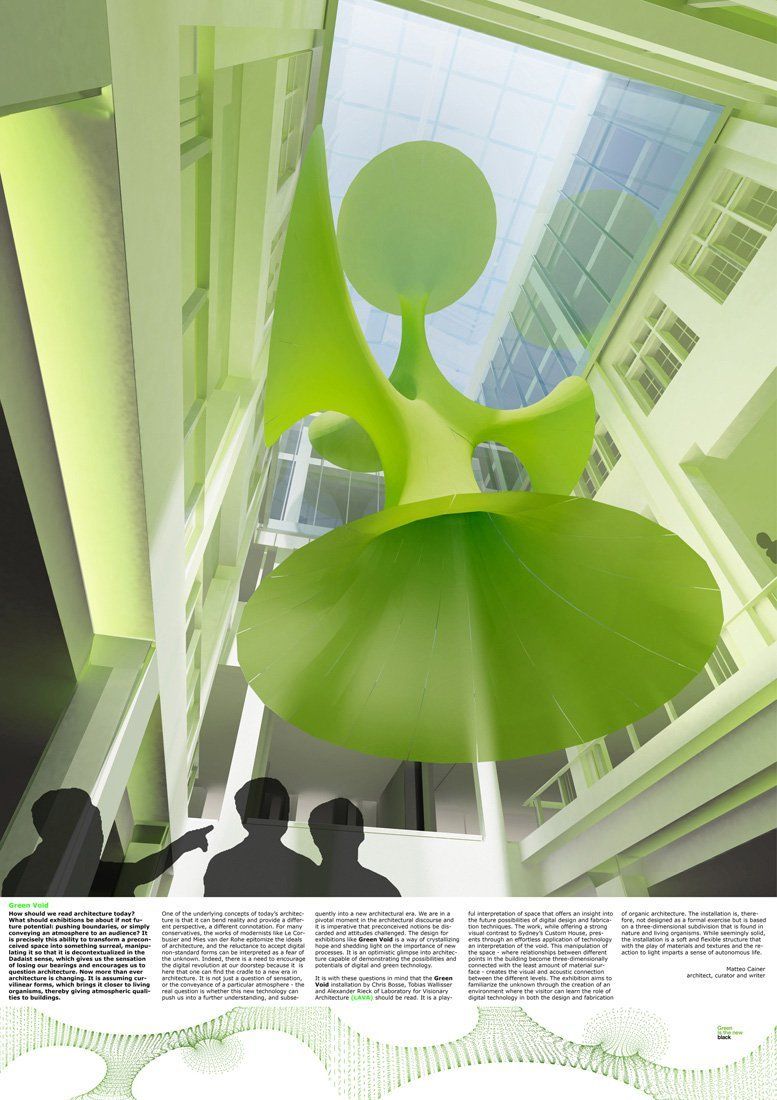
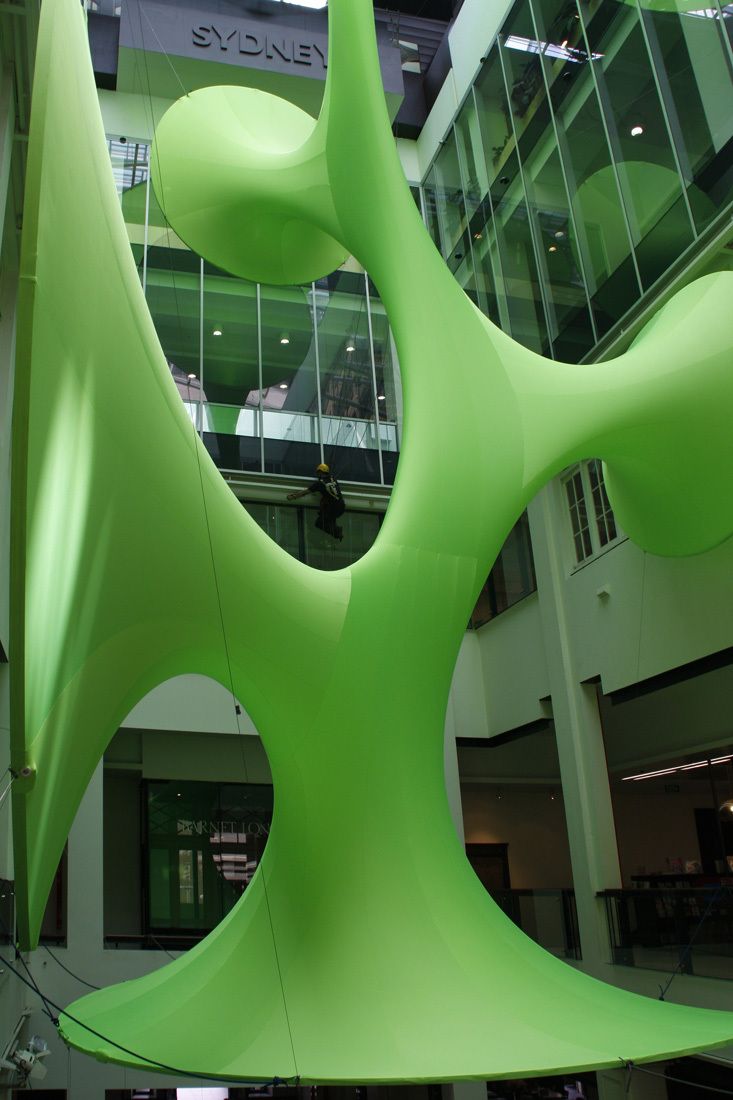
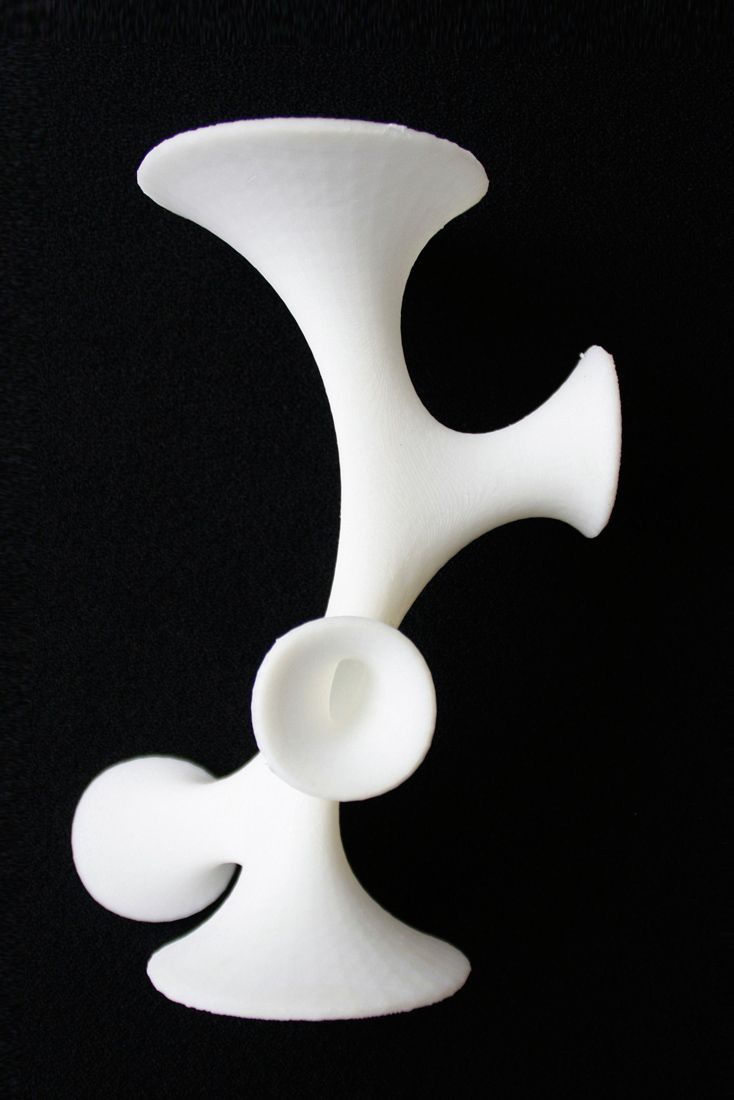
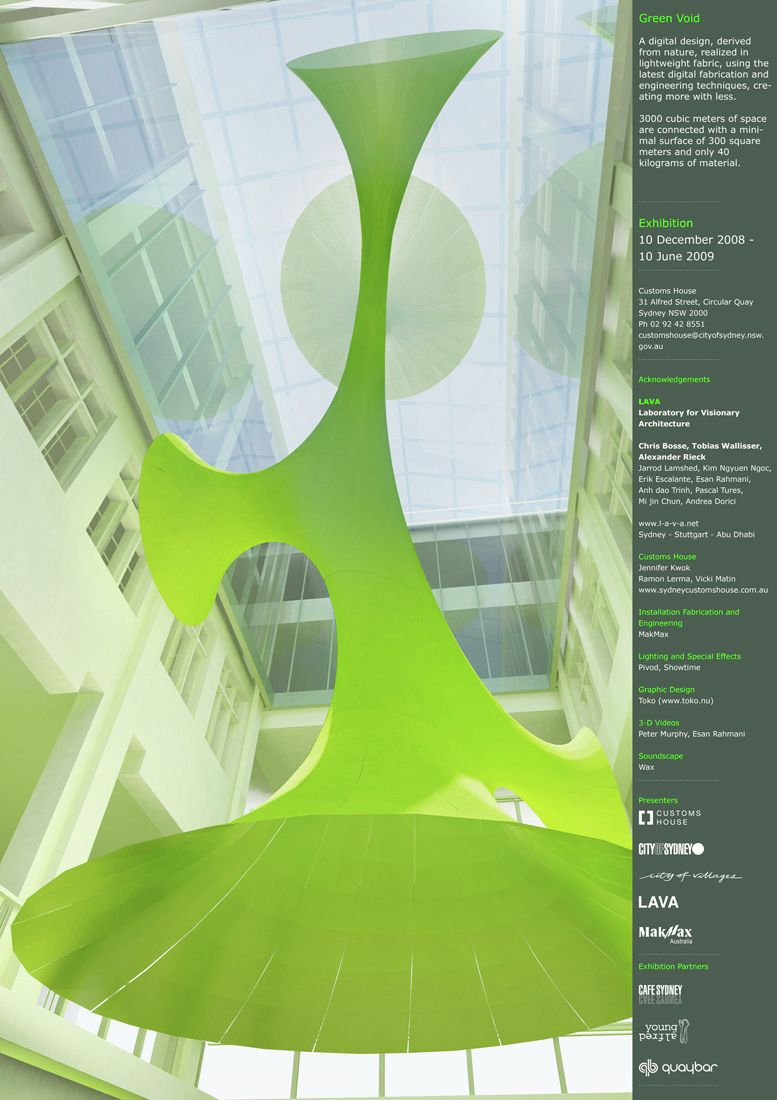
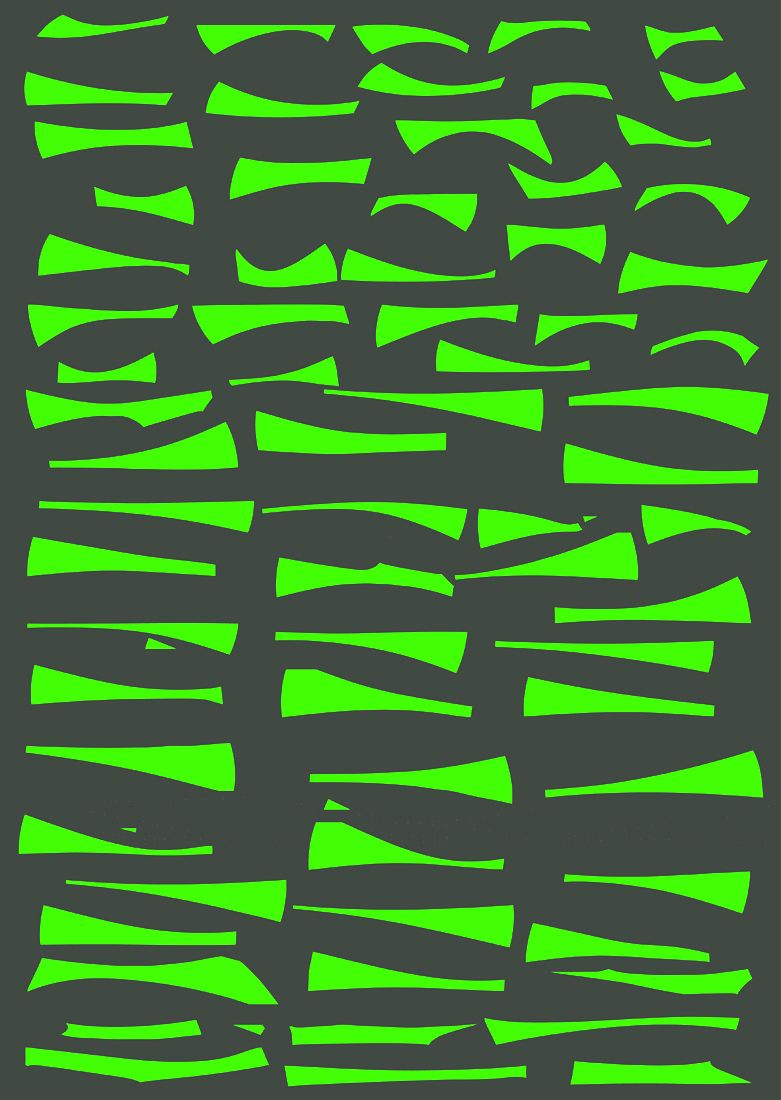
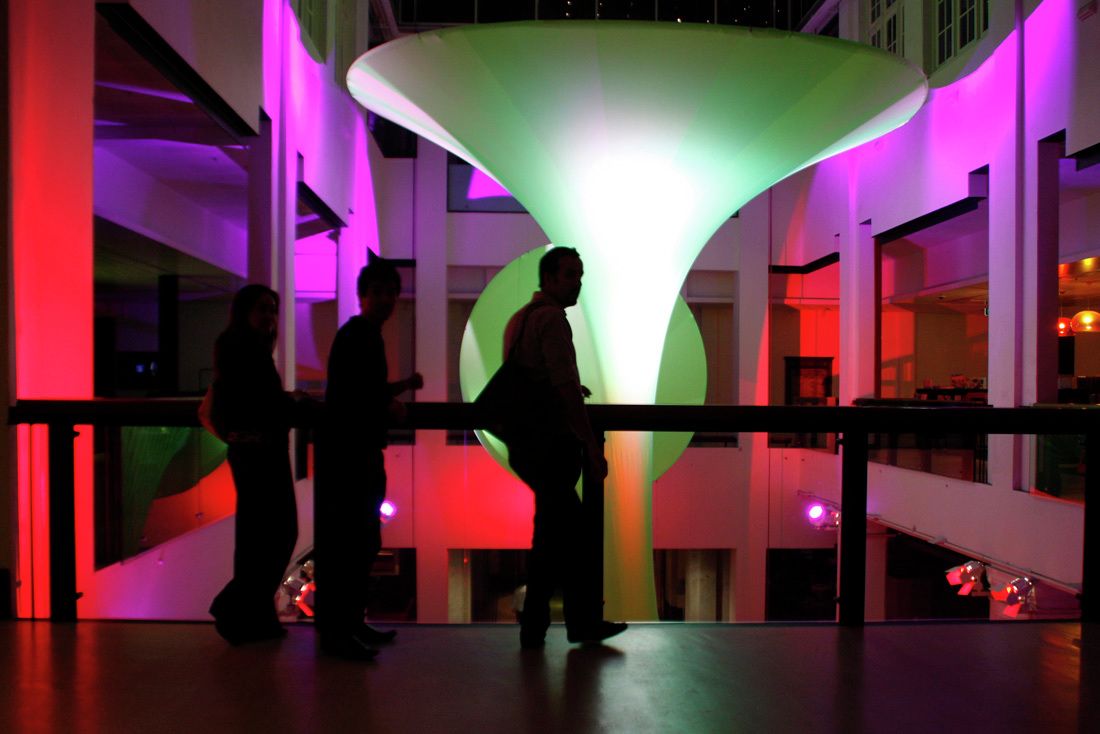
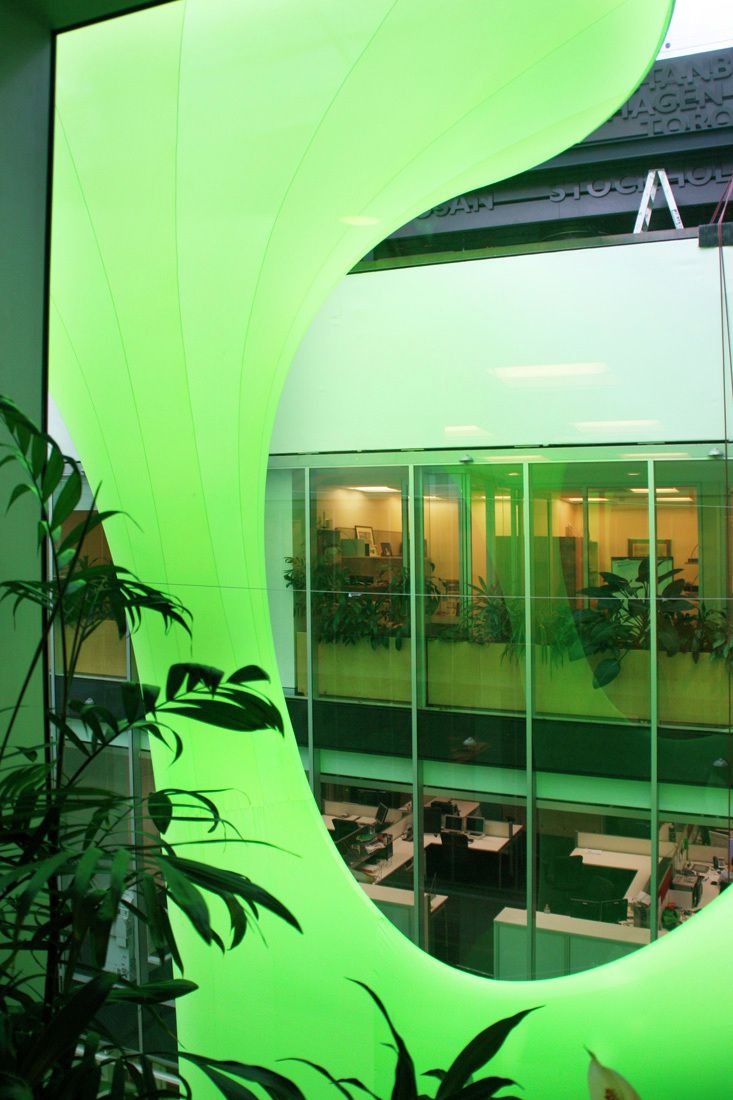
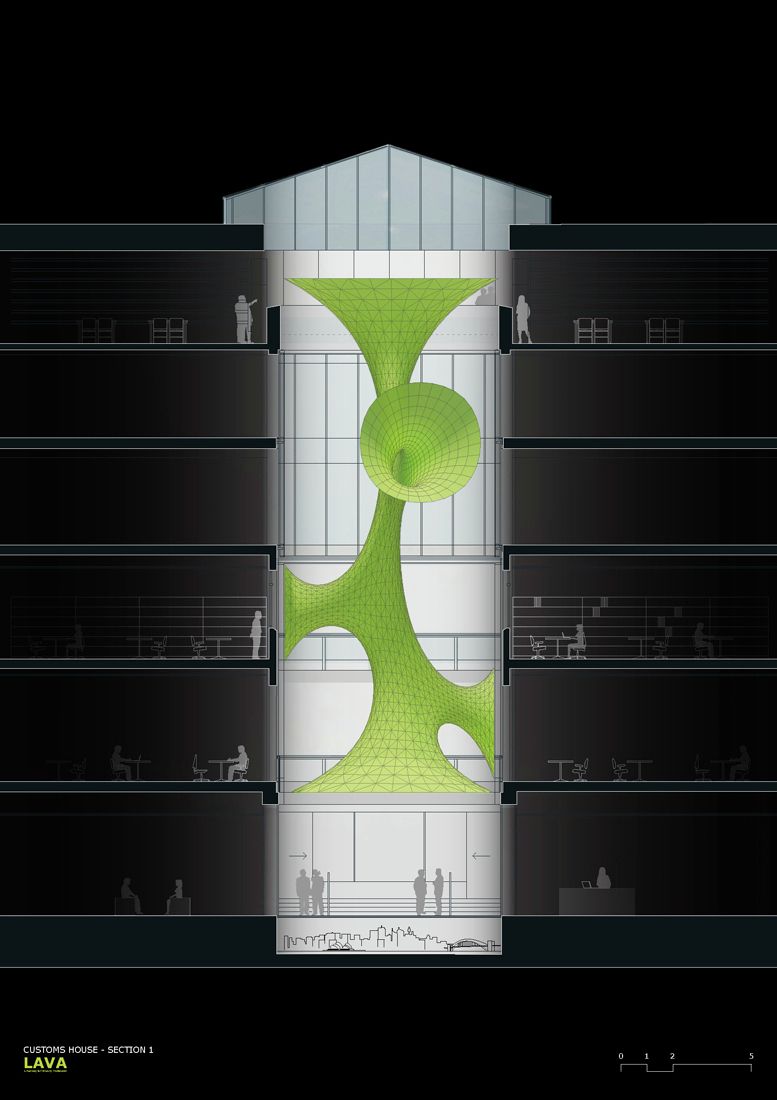
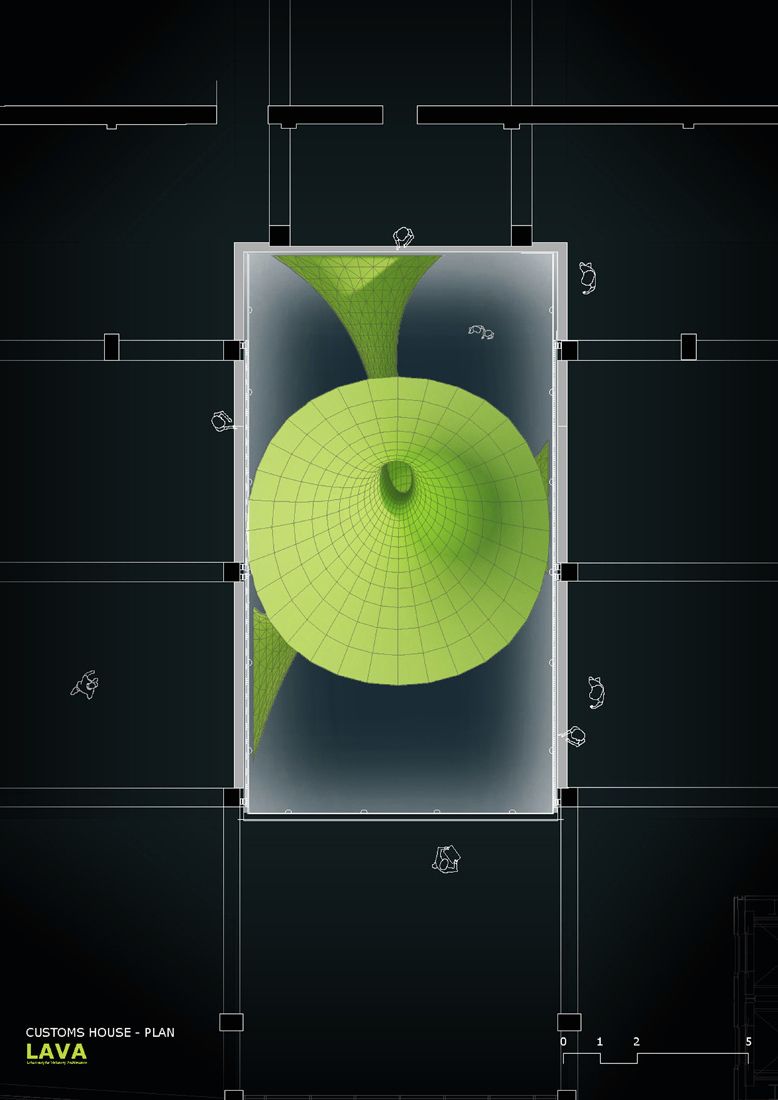
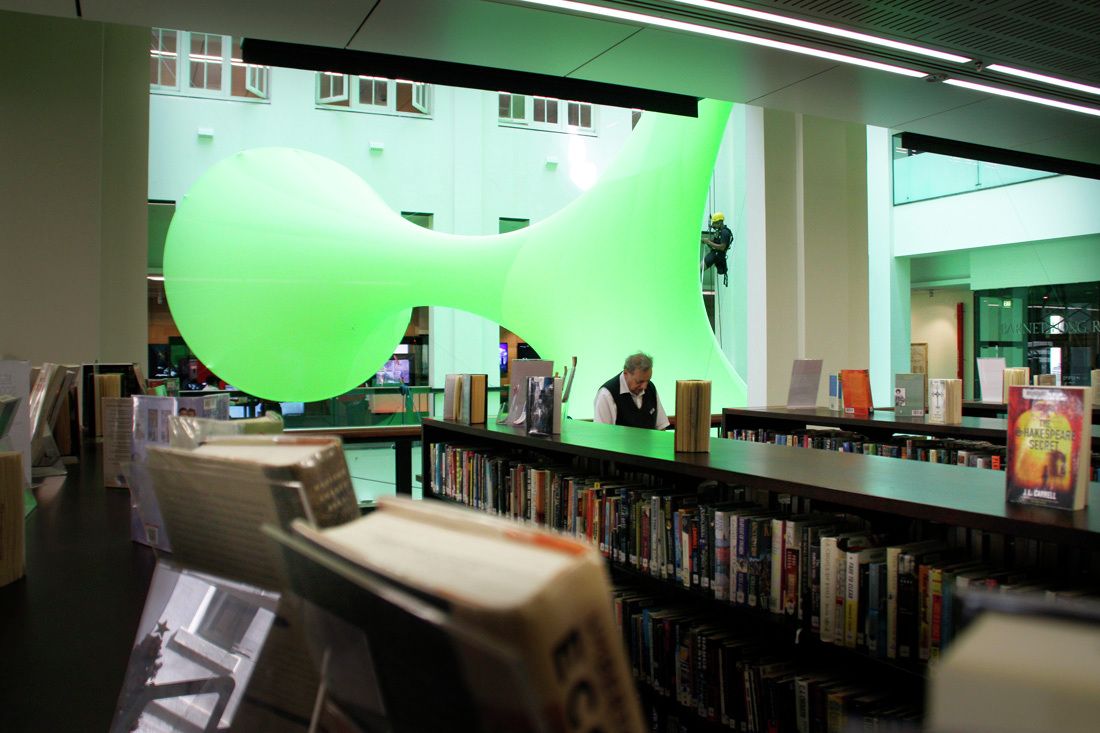
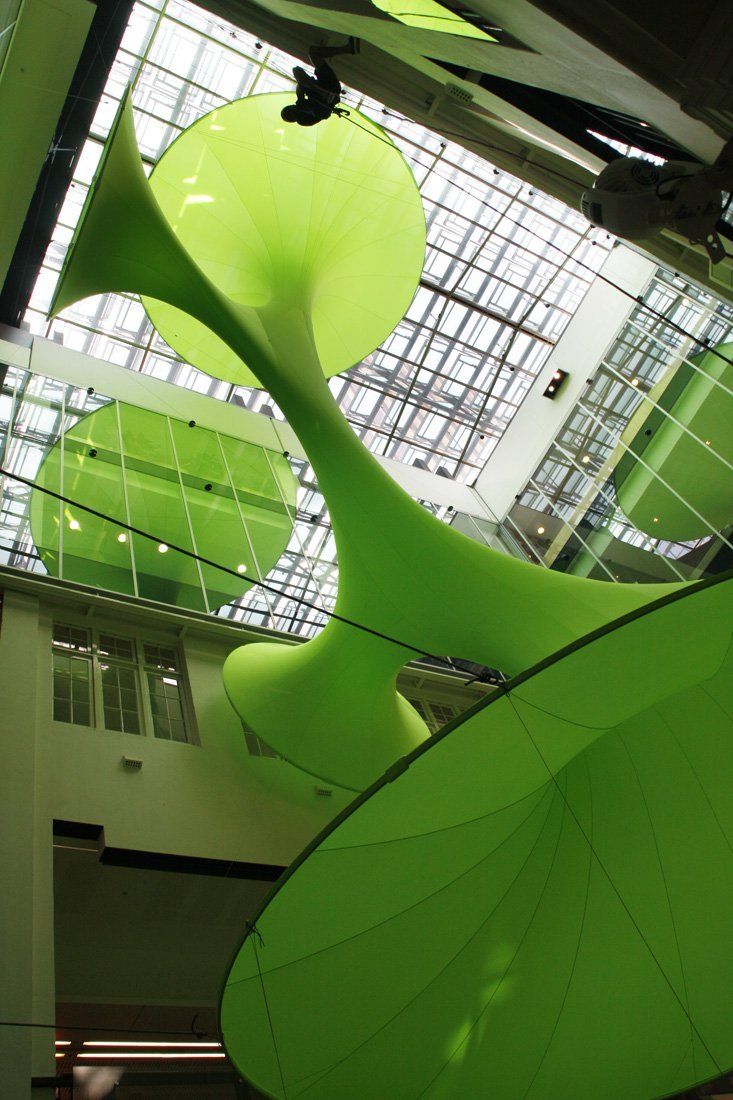
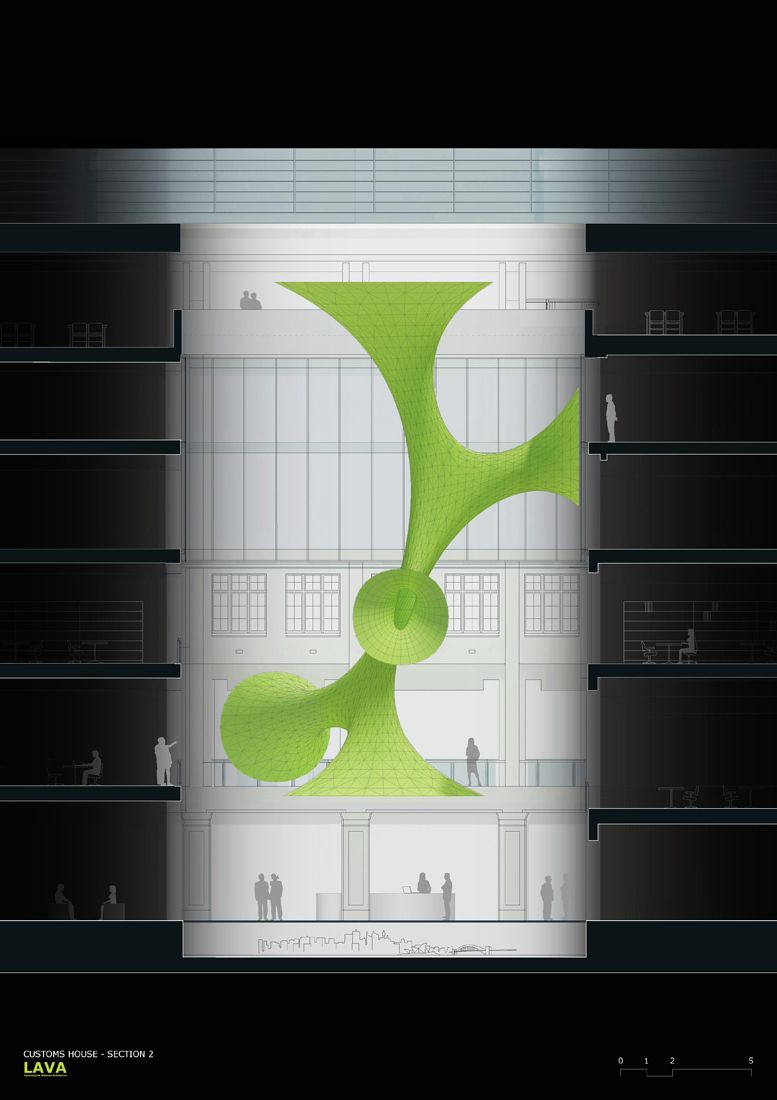
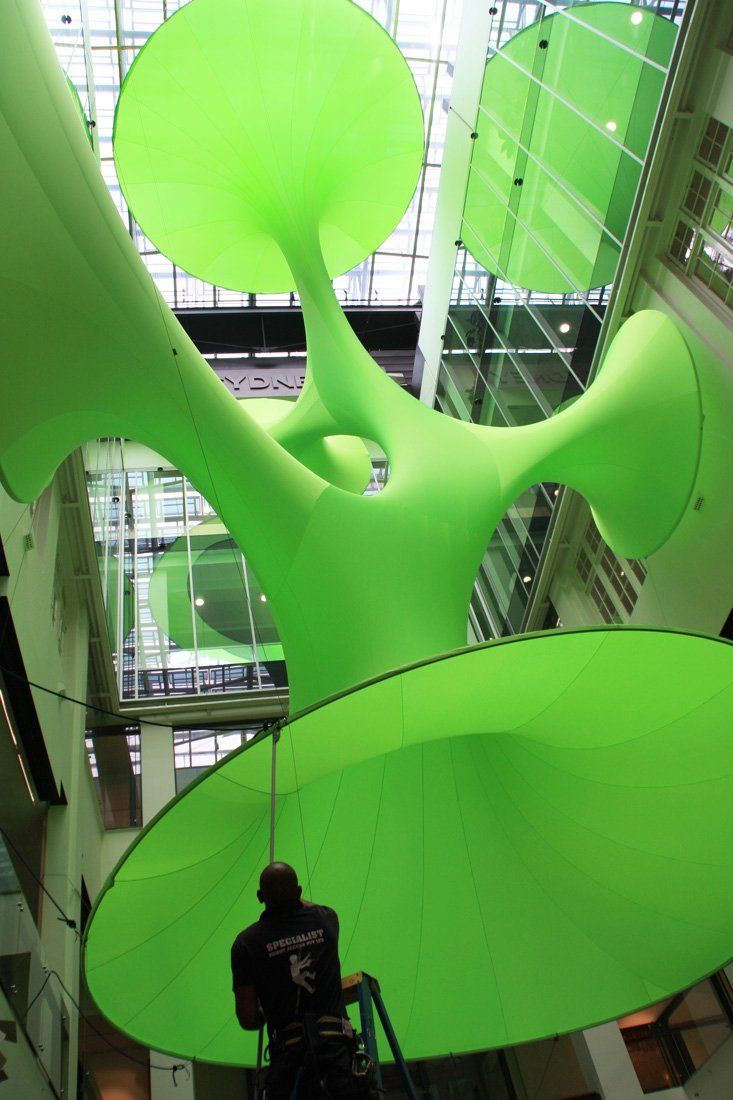
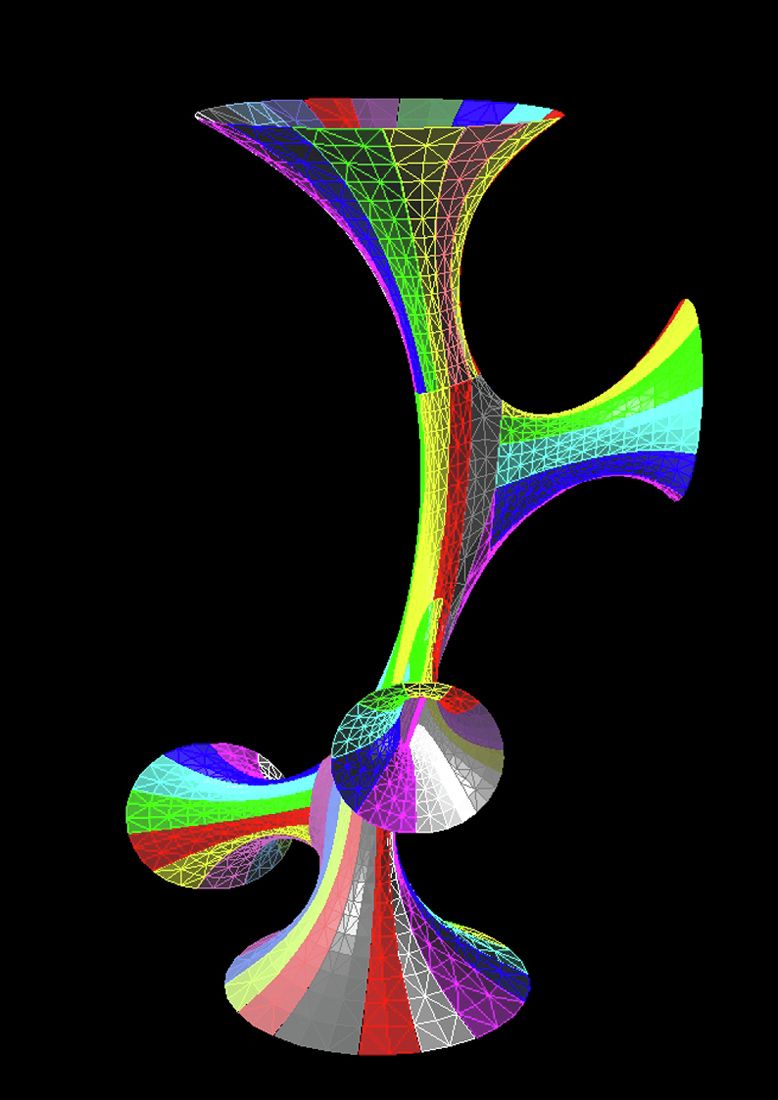
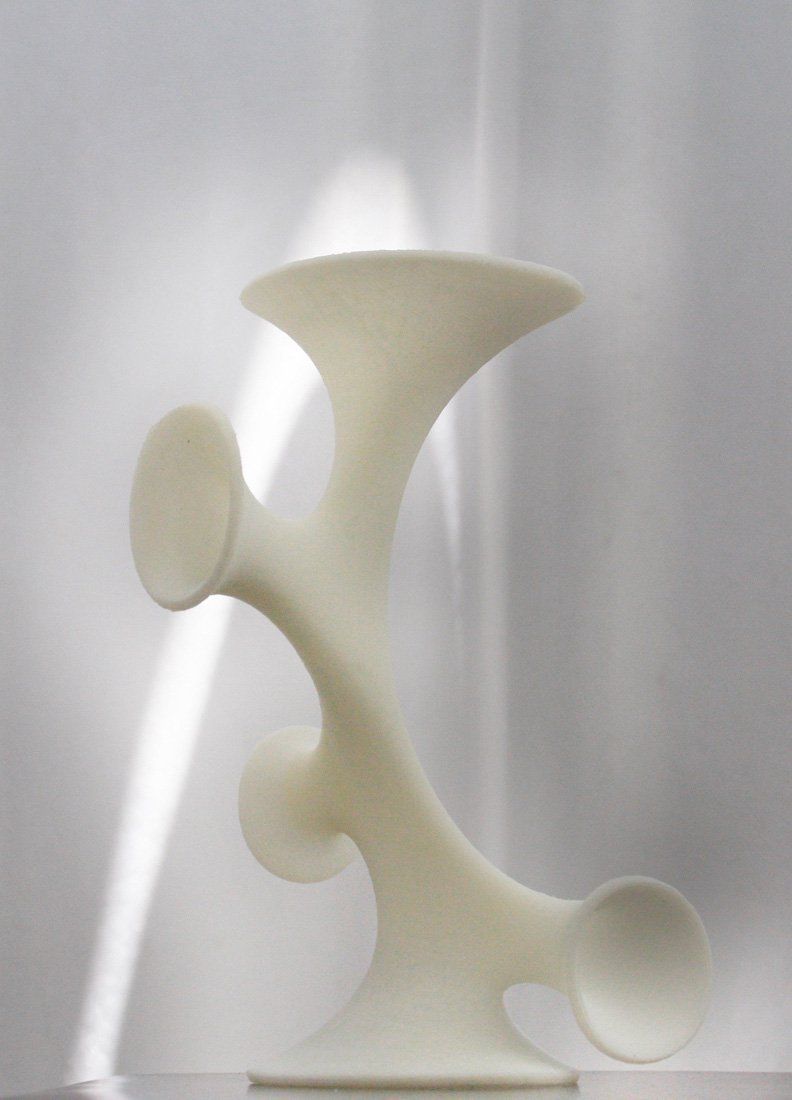
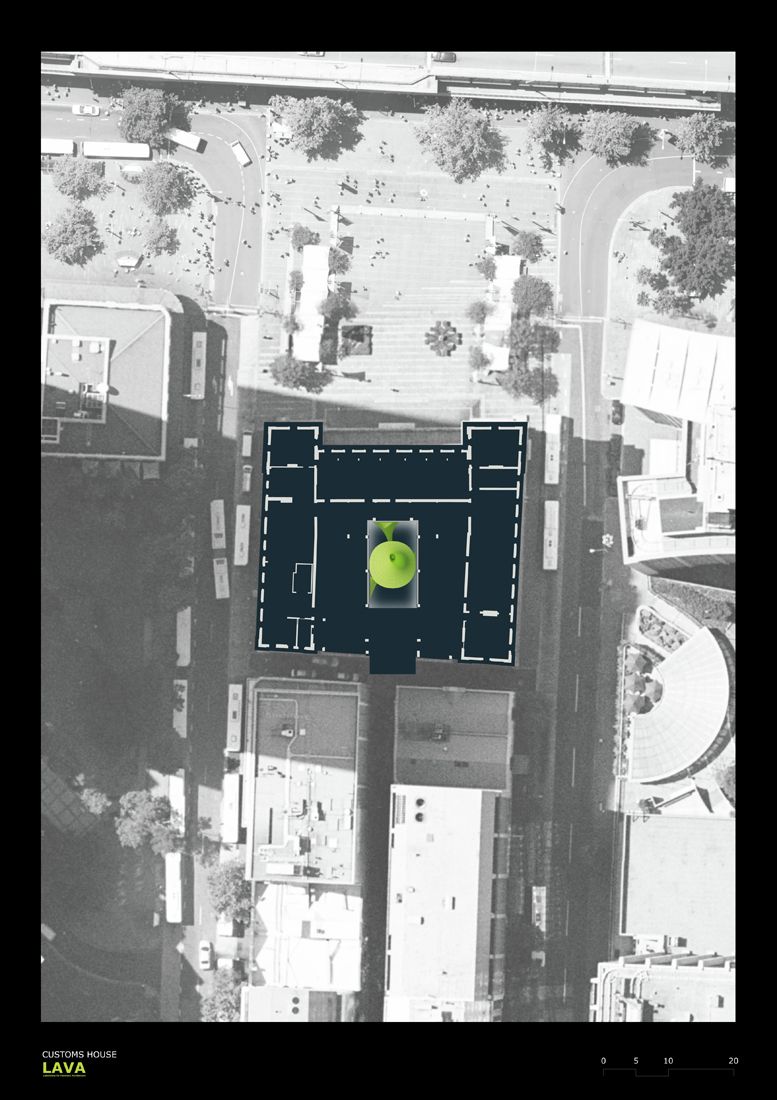
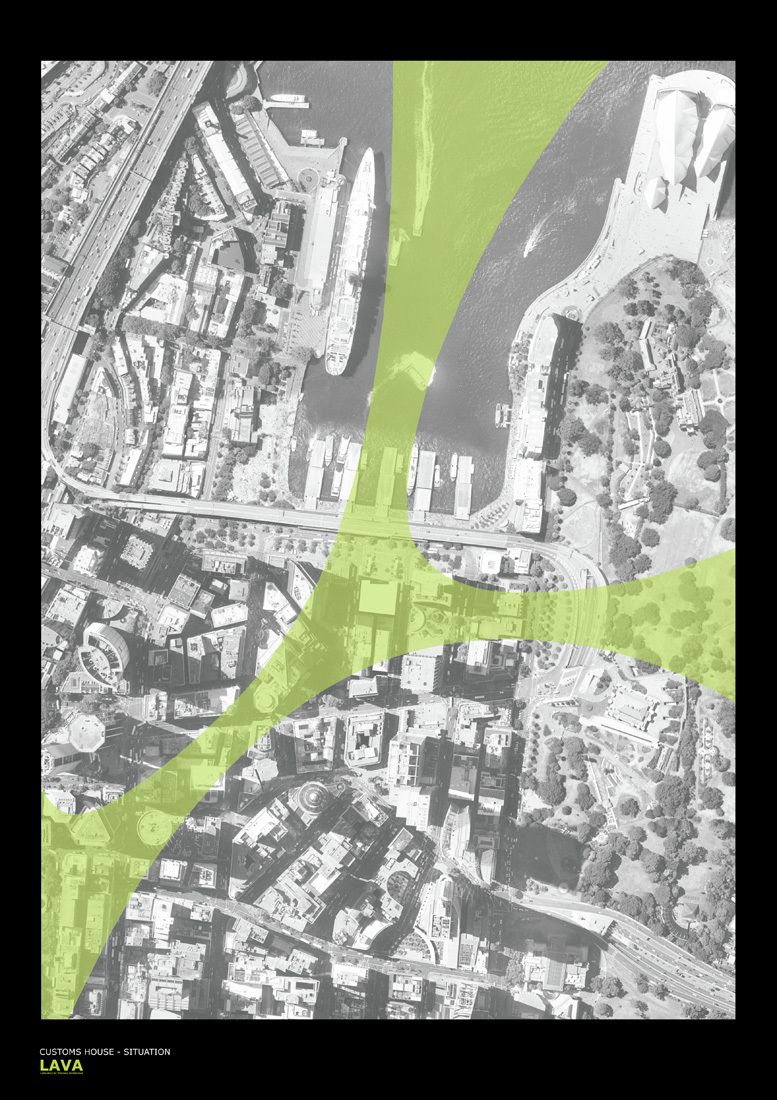
Courtesy of LAVA


